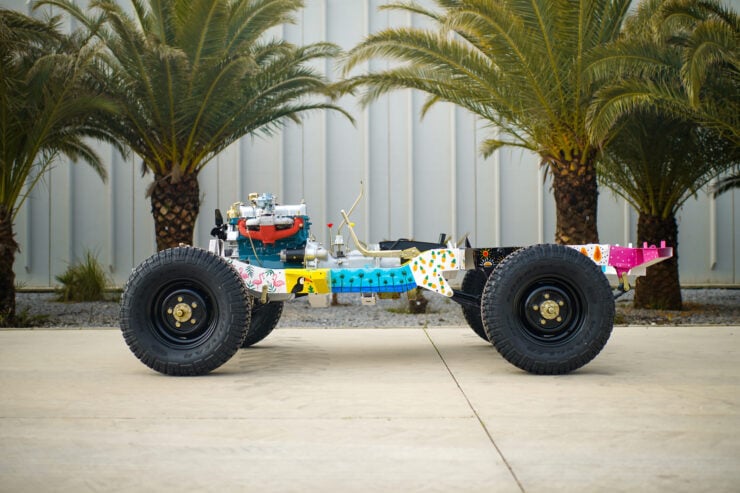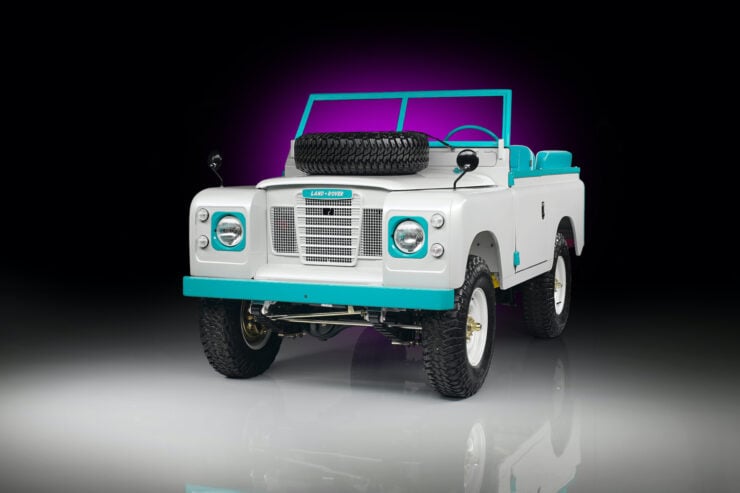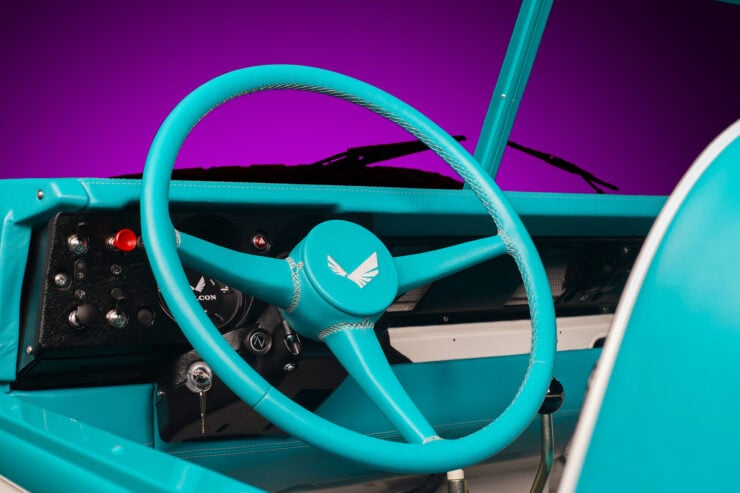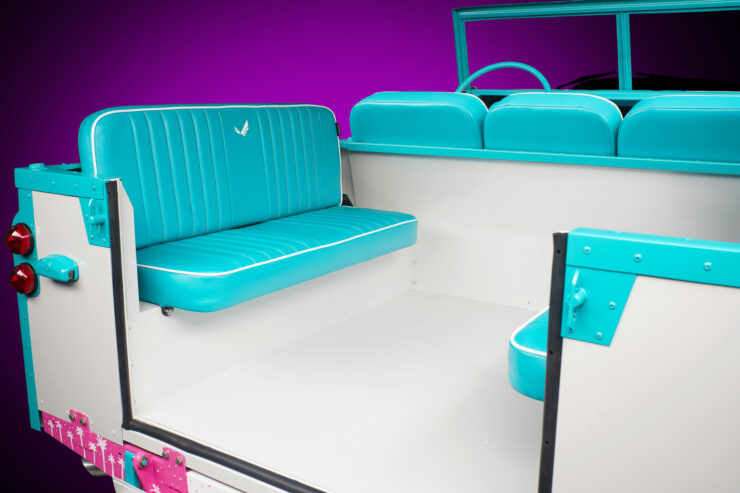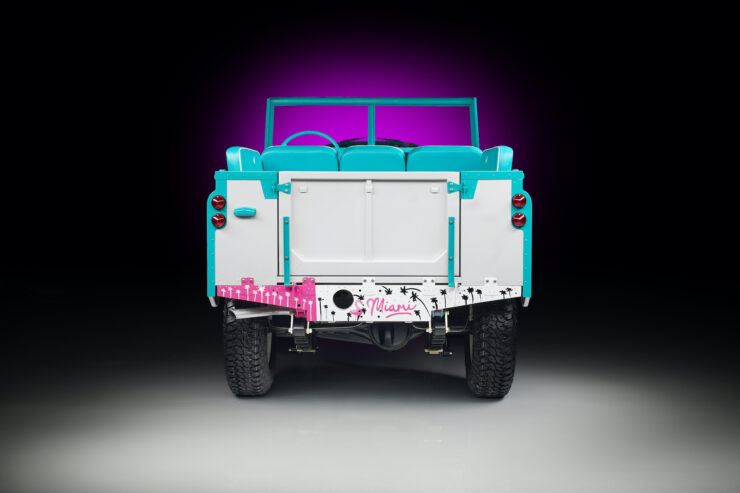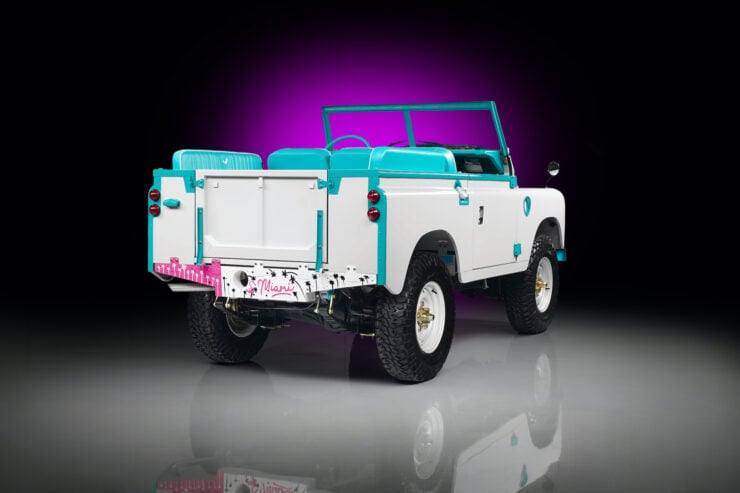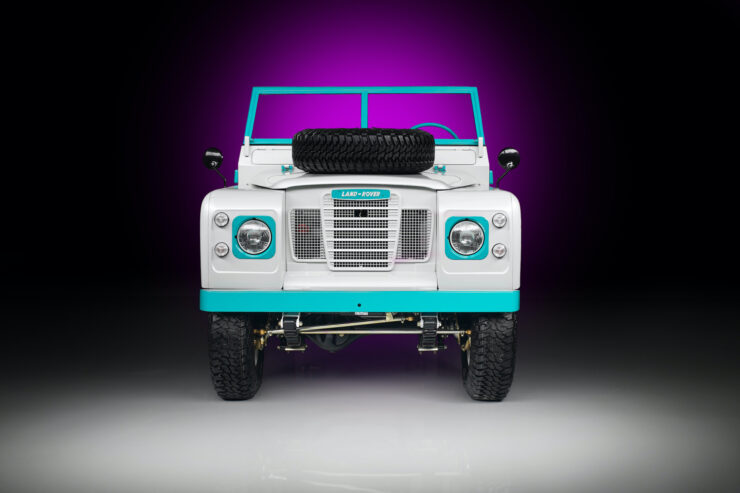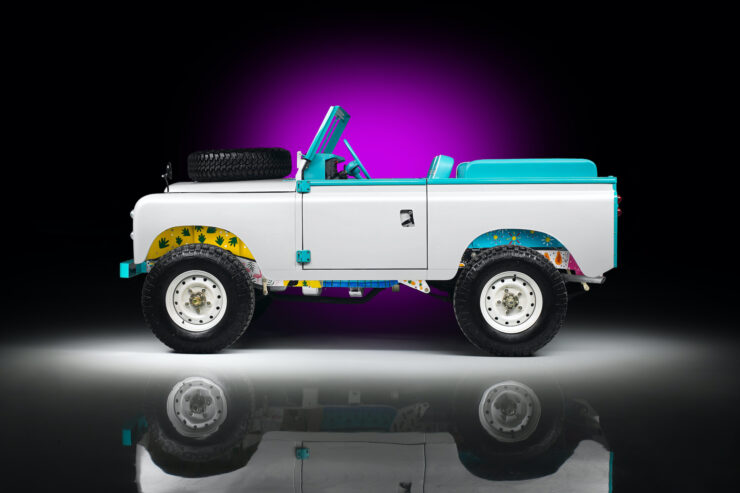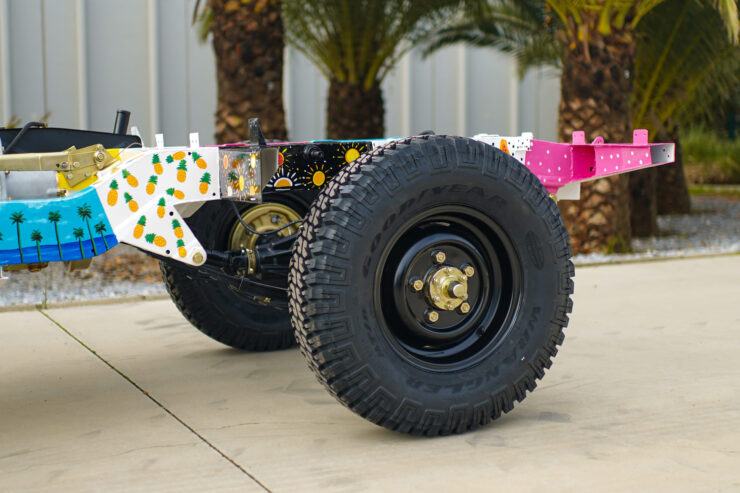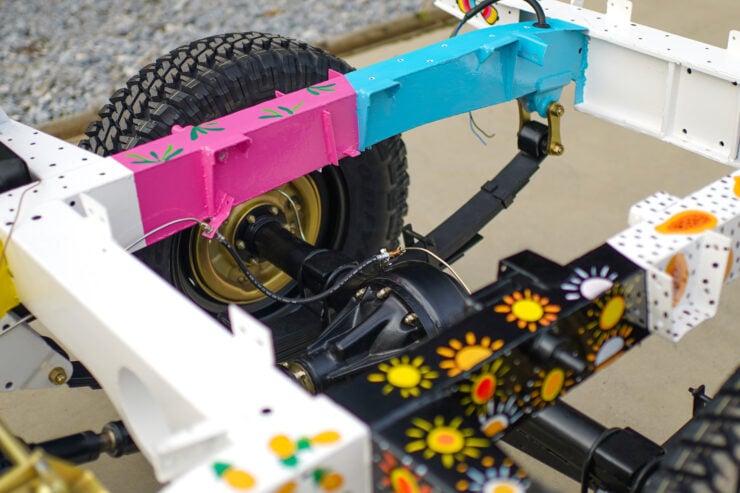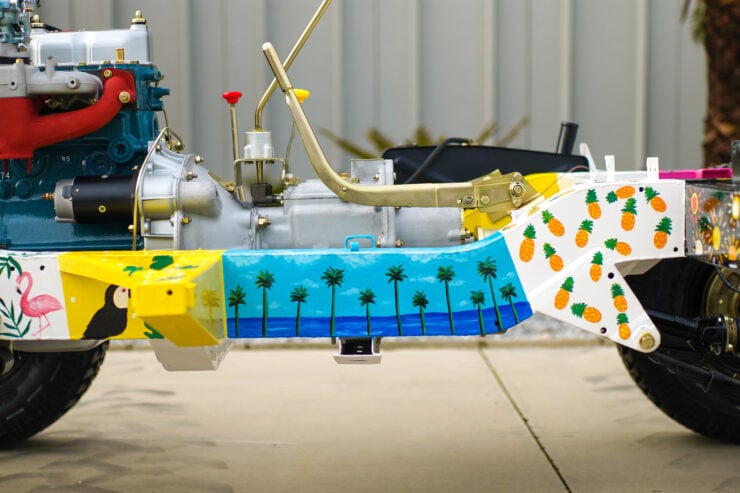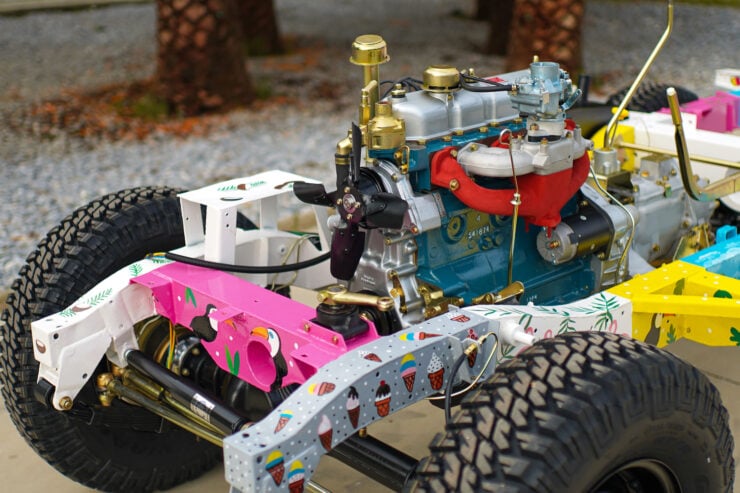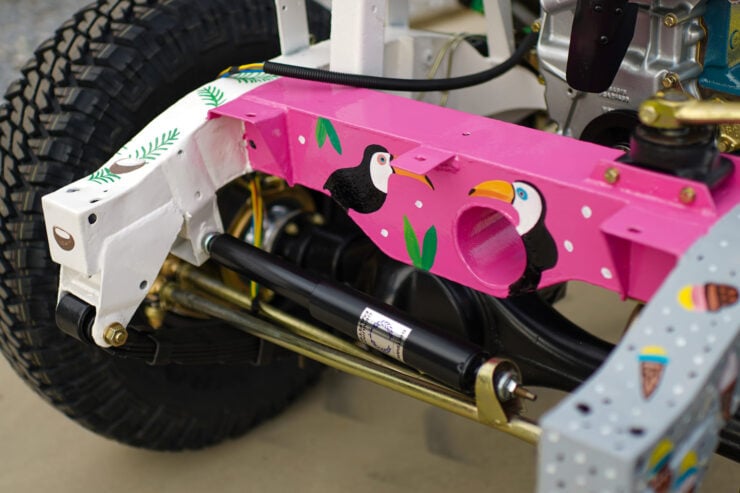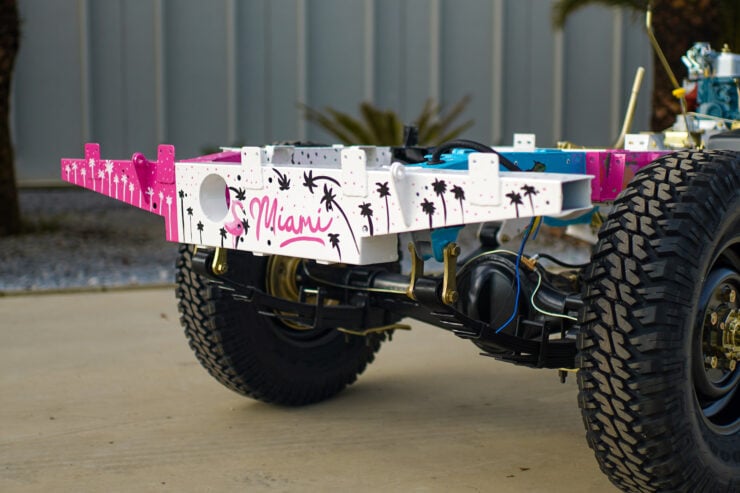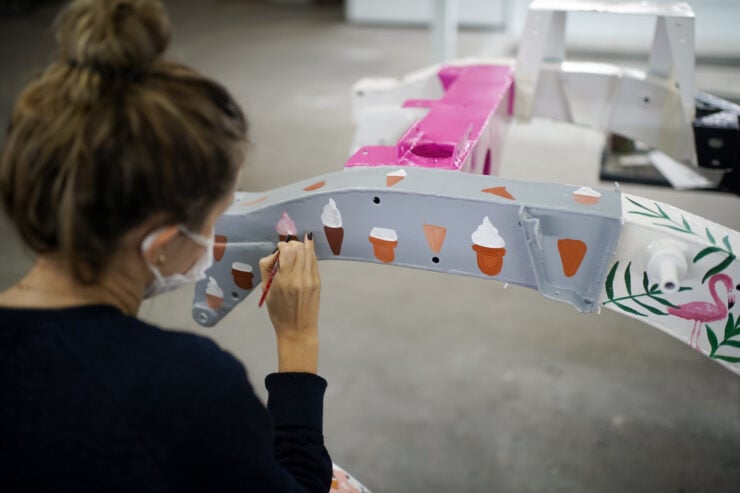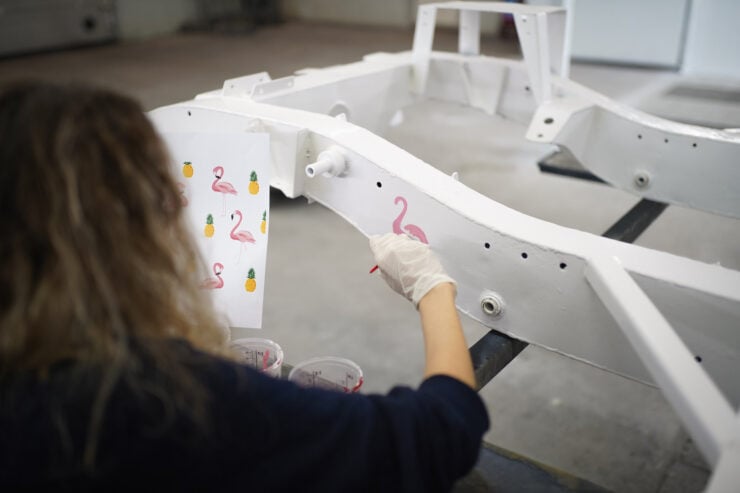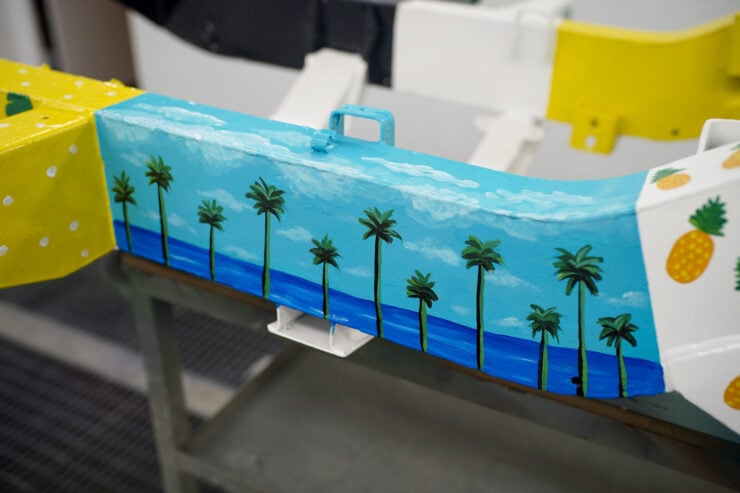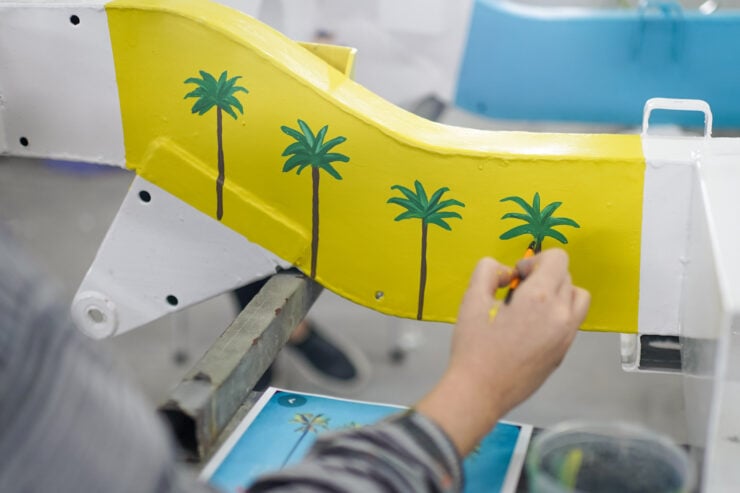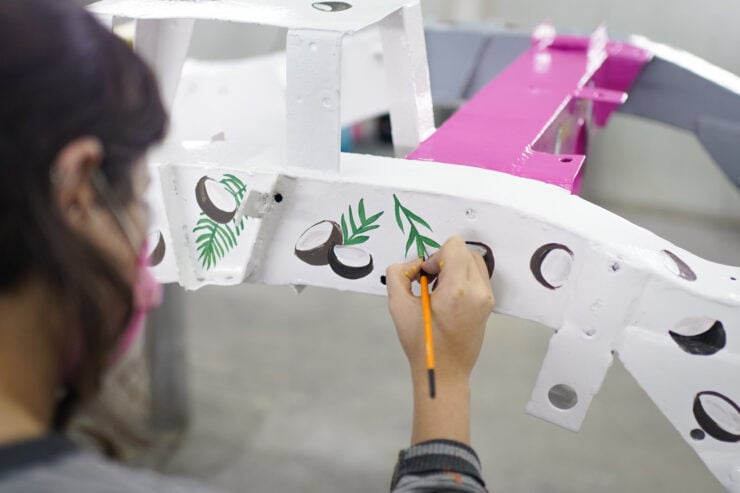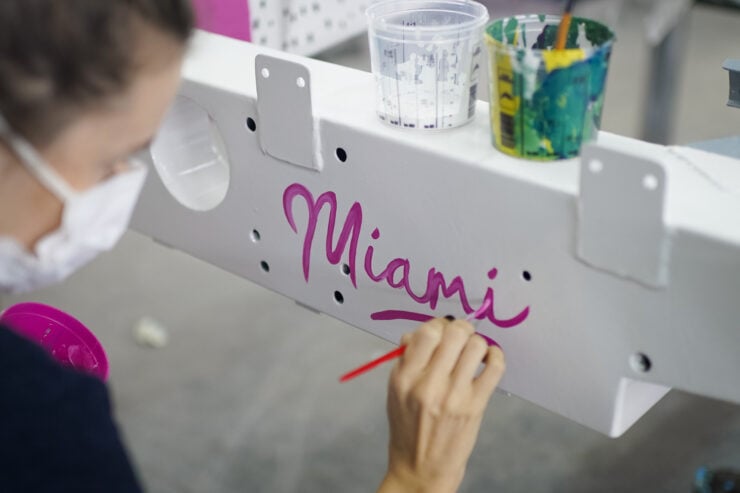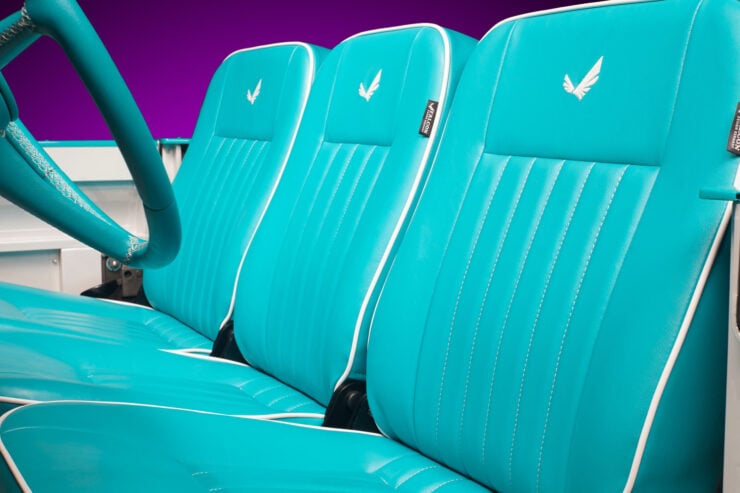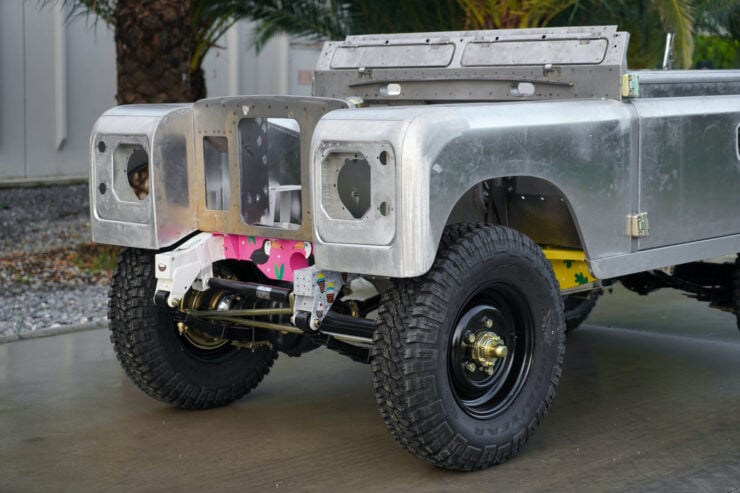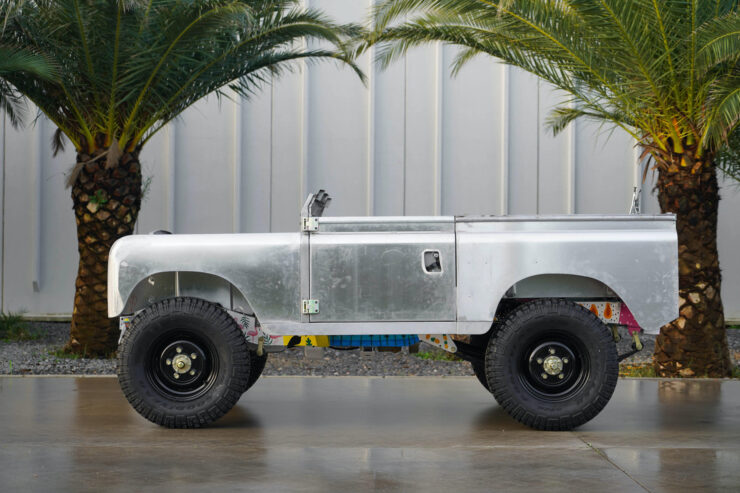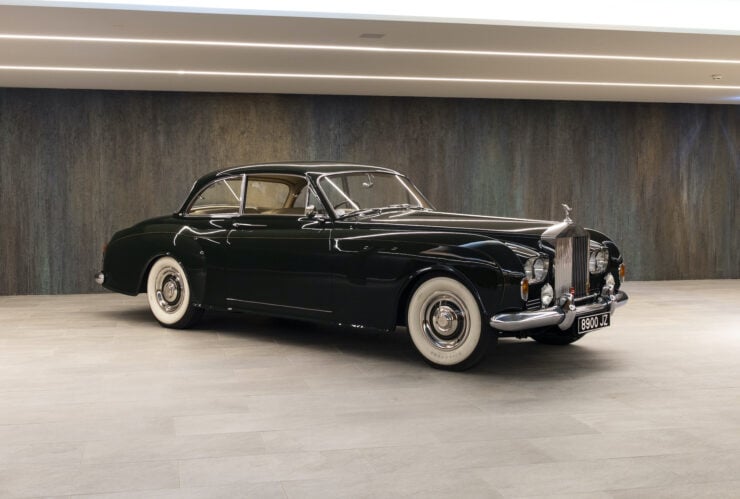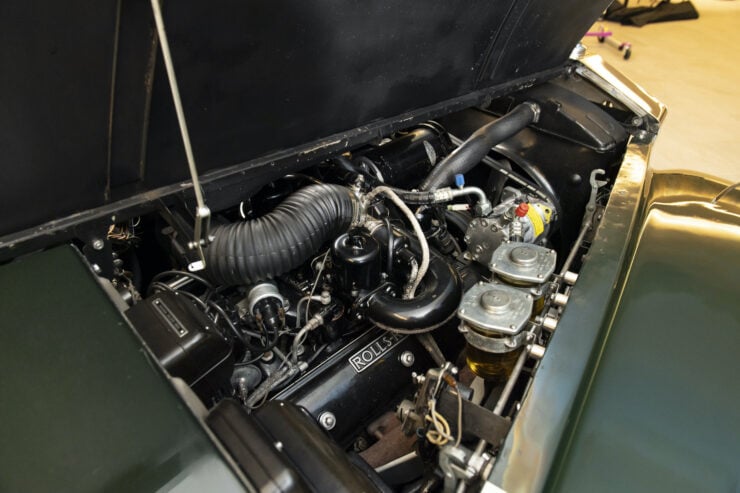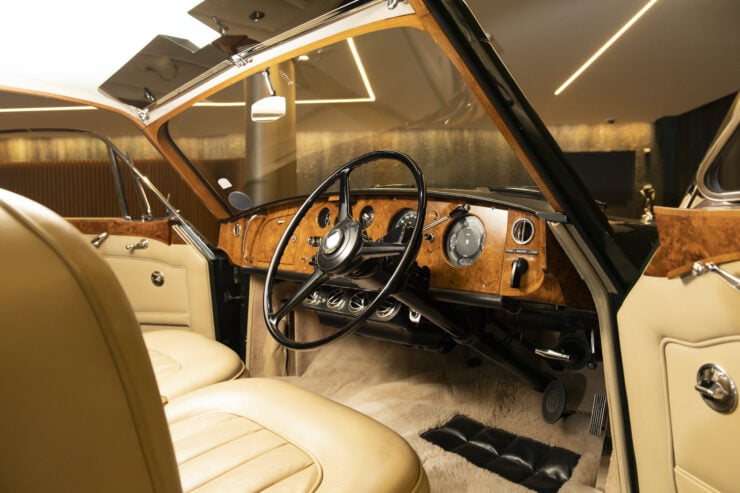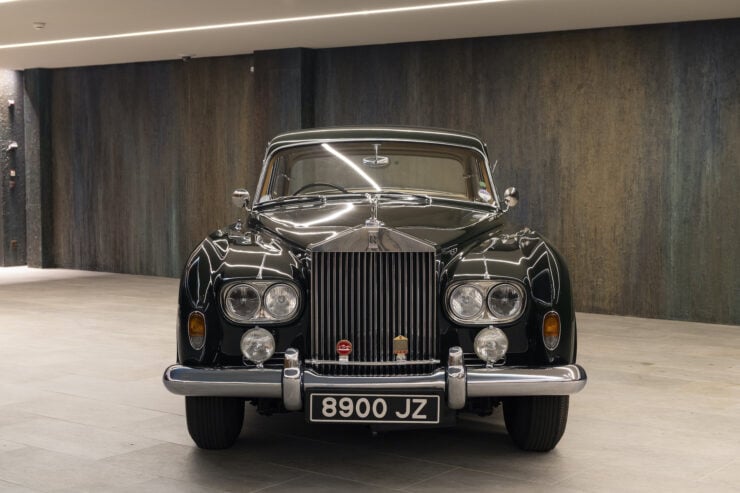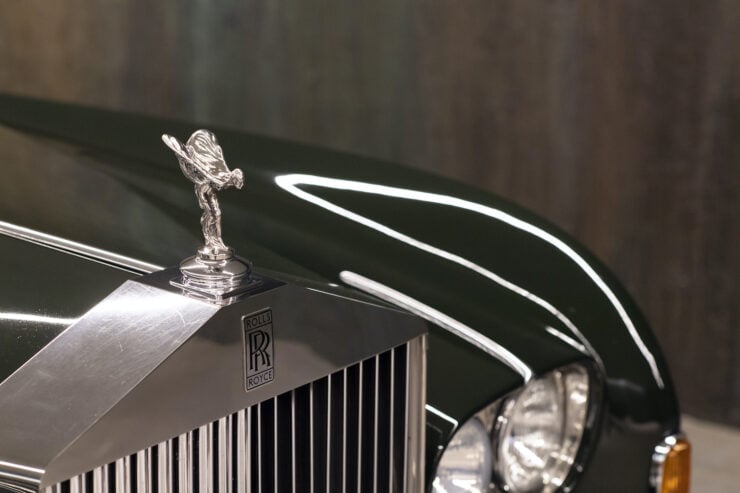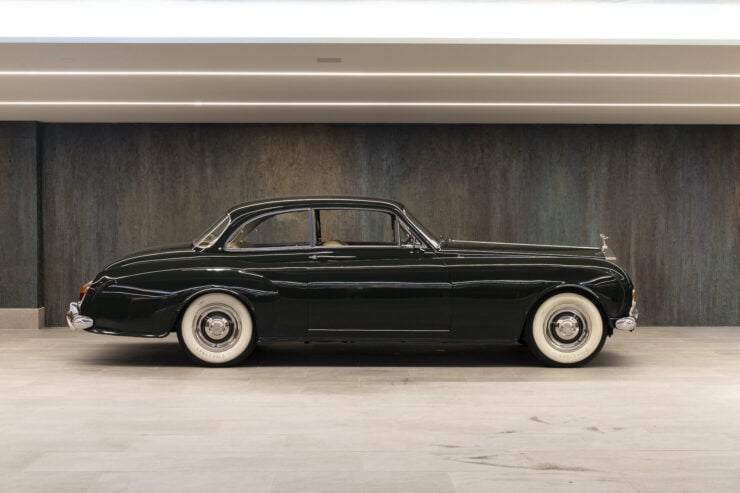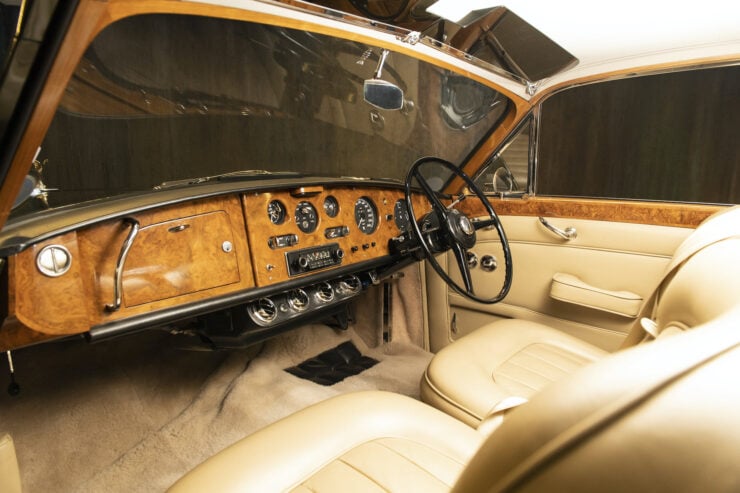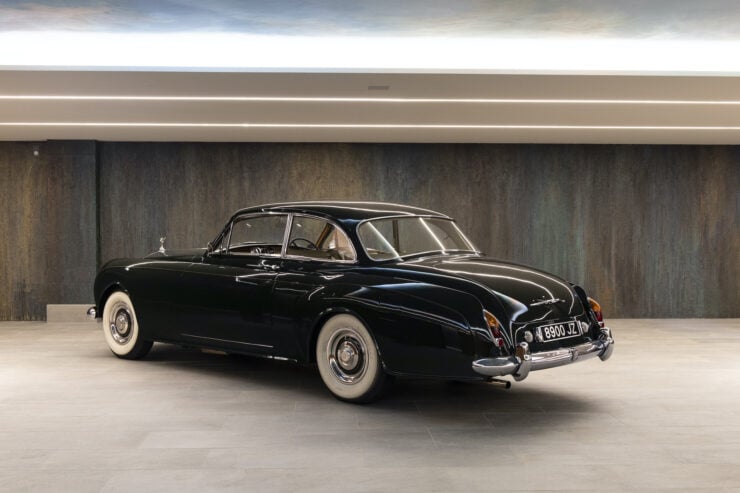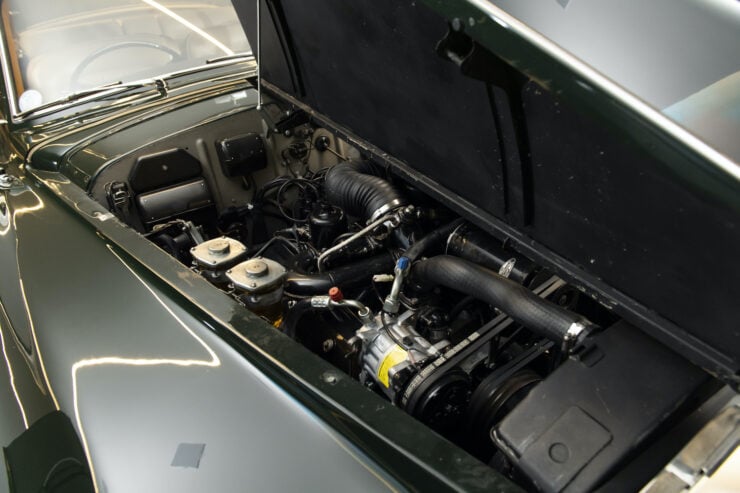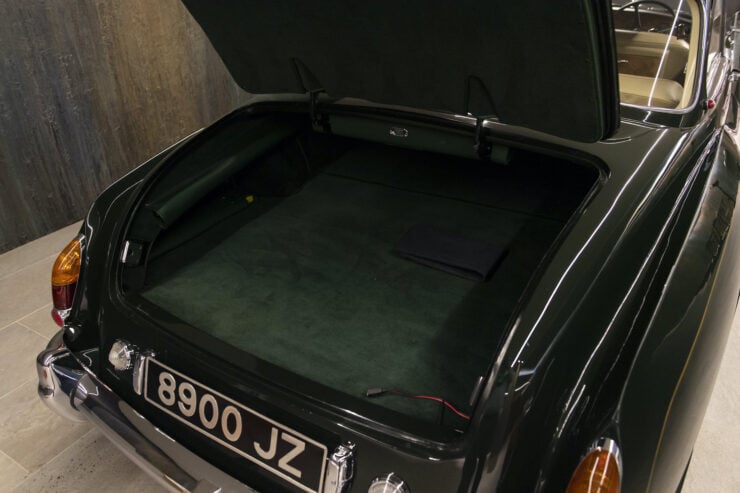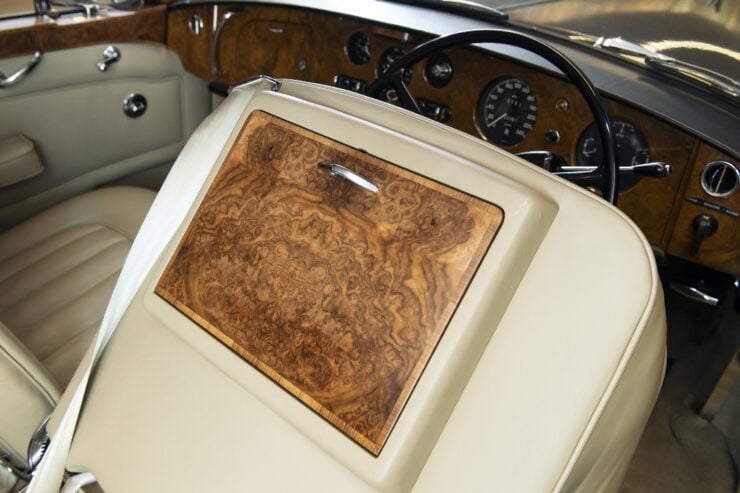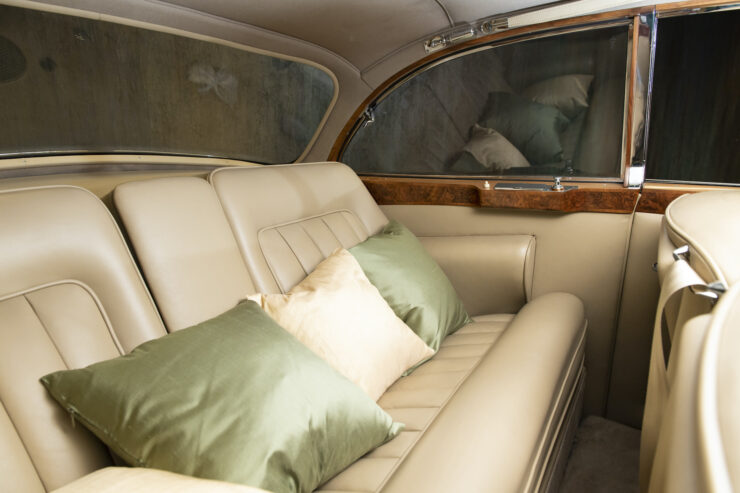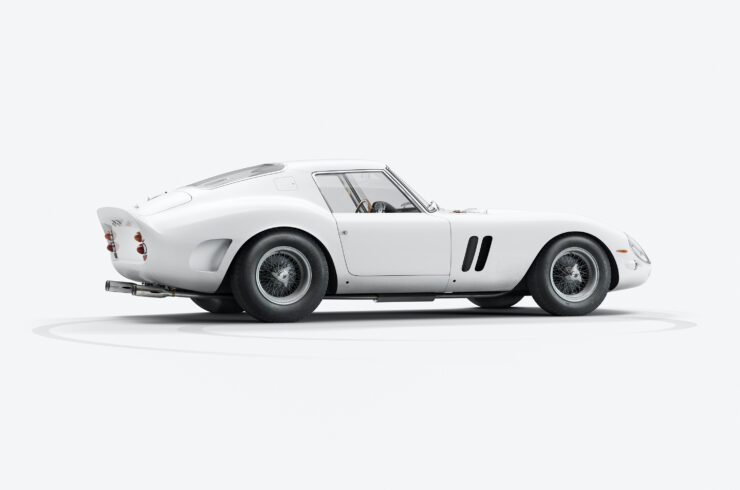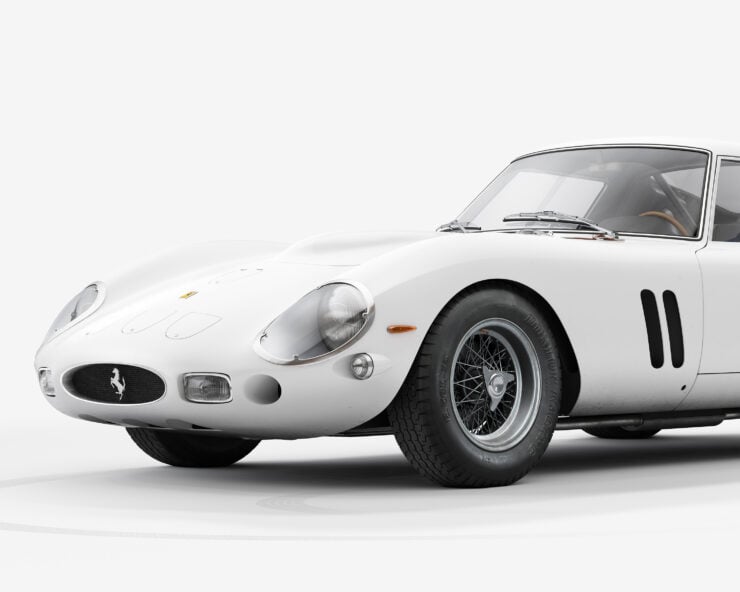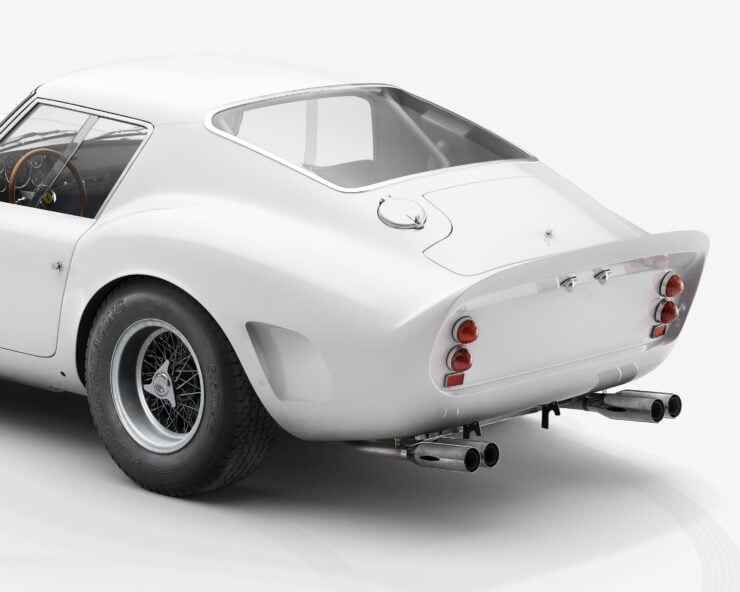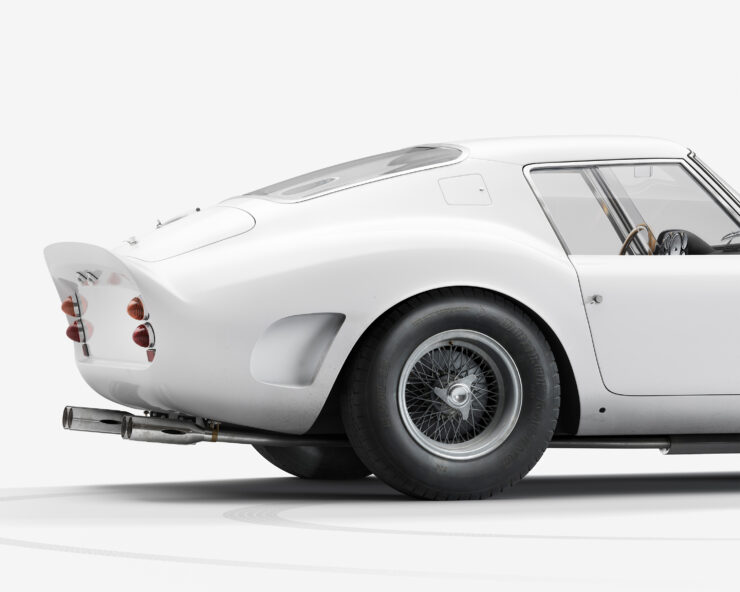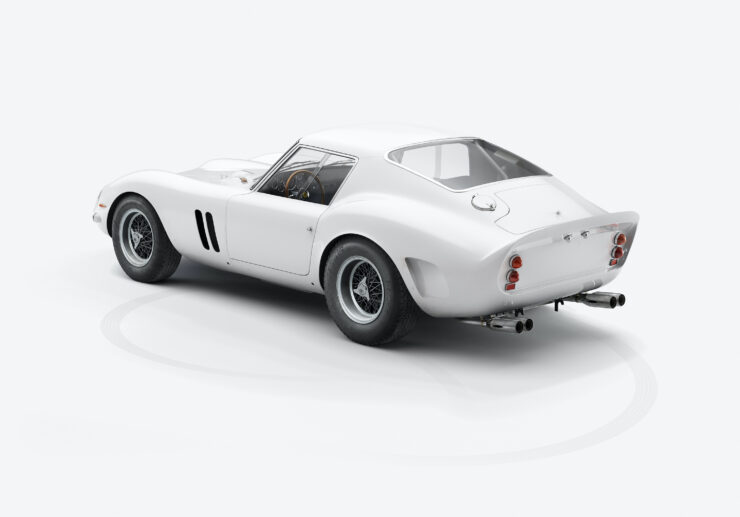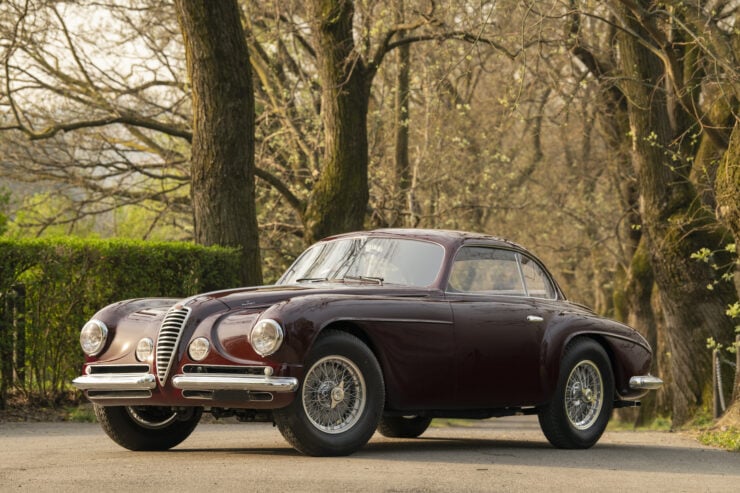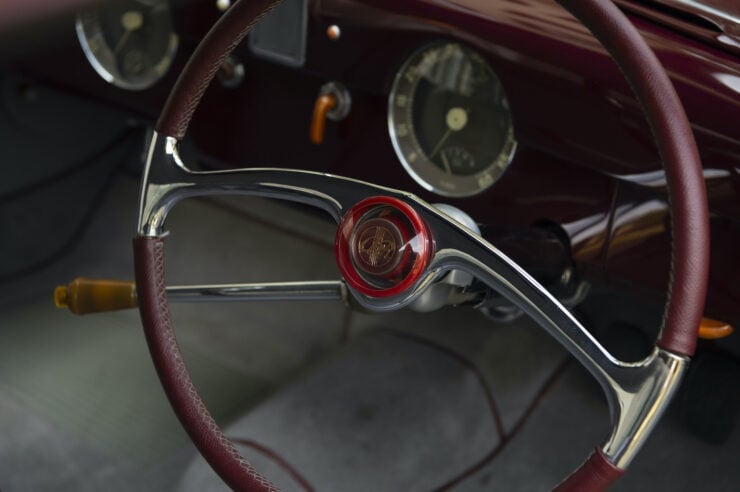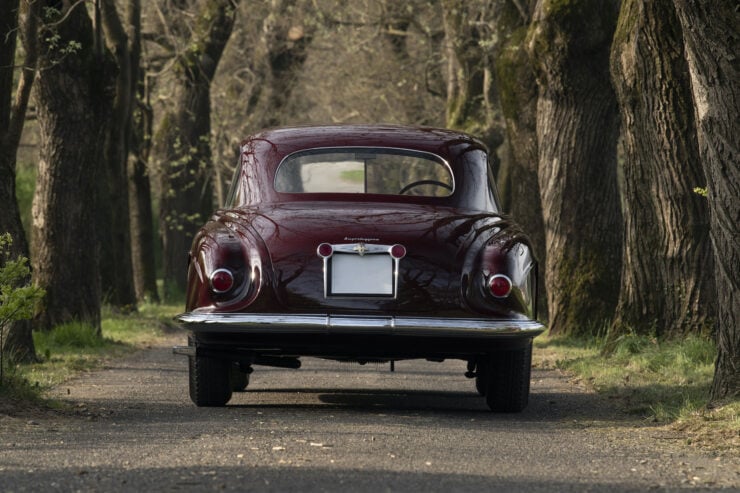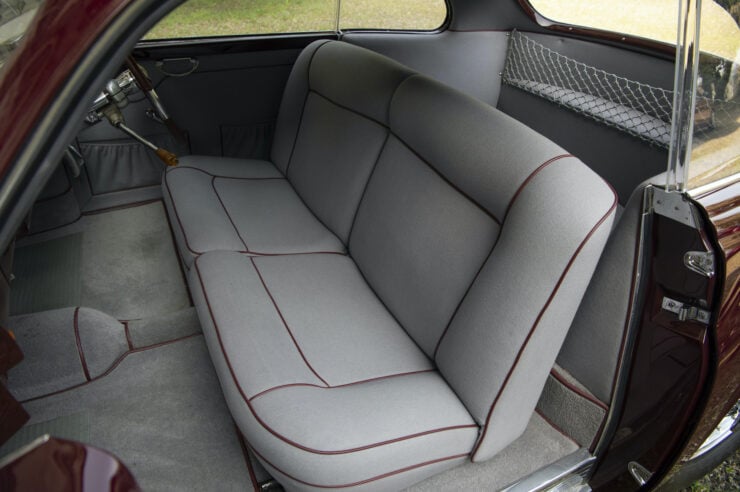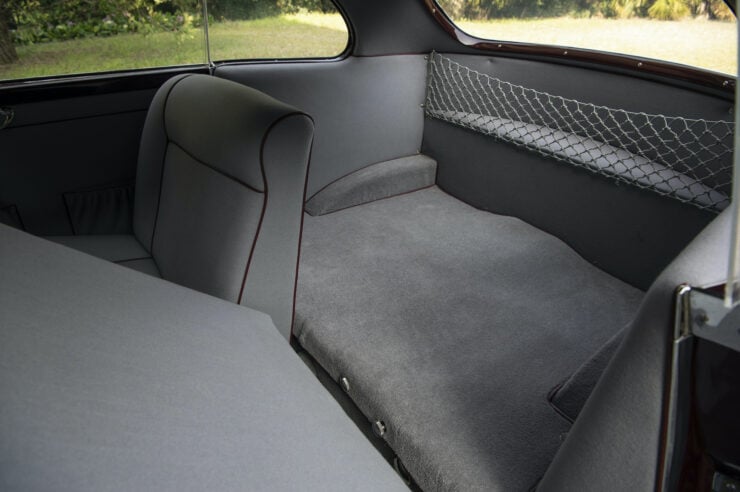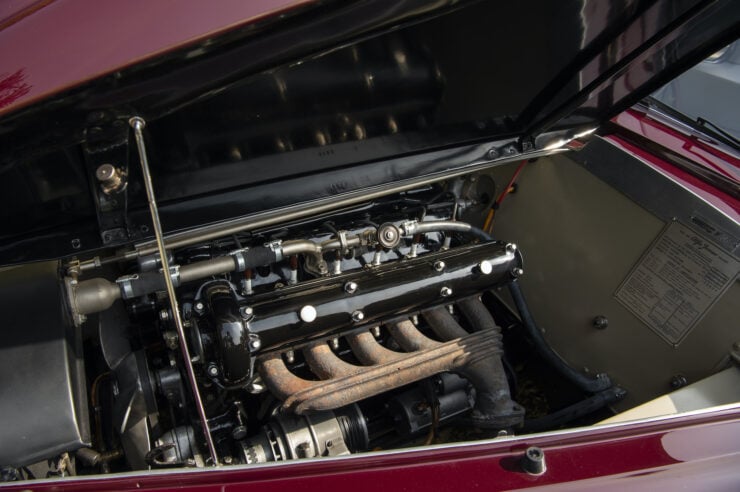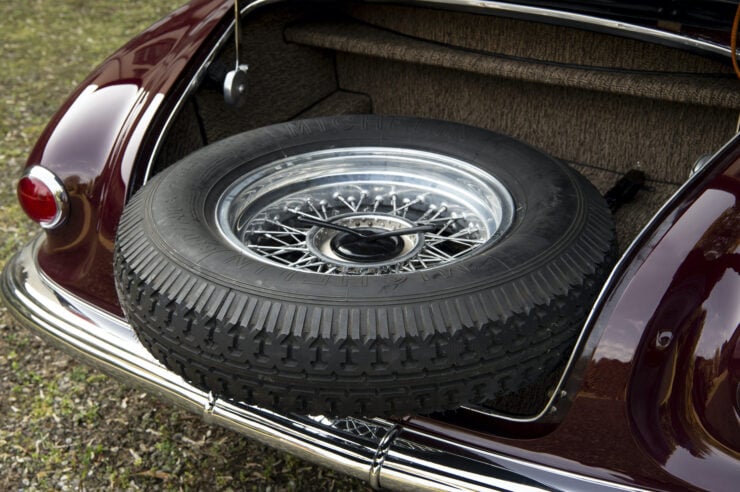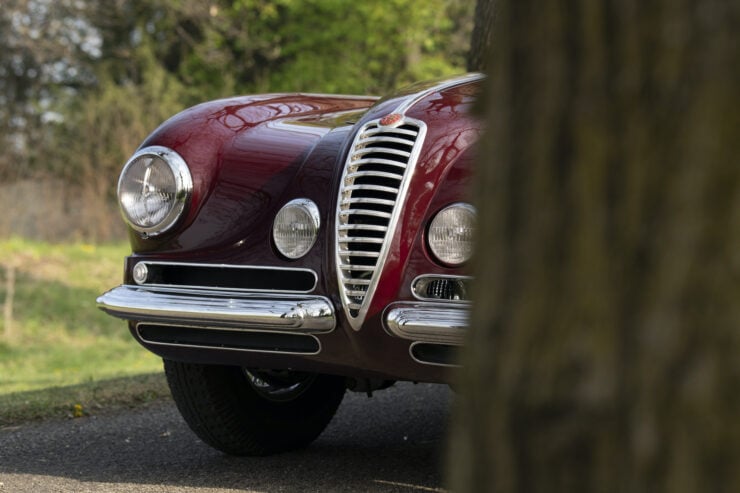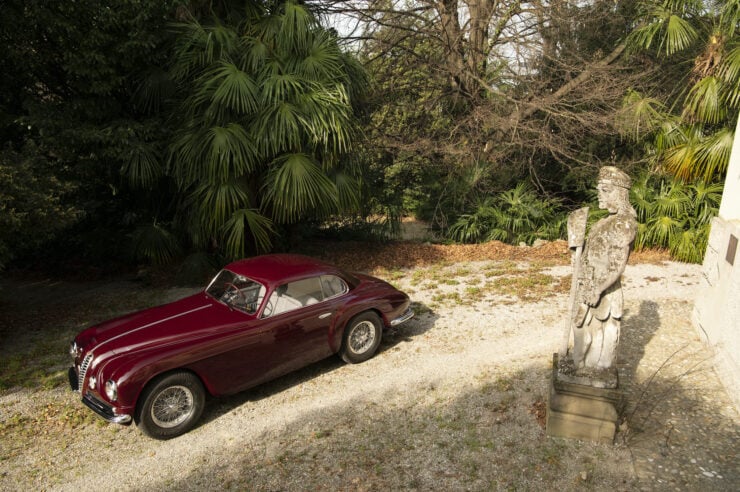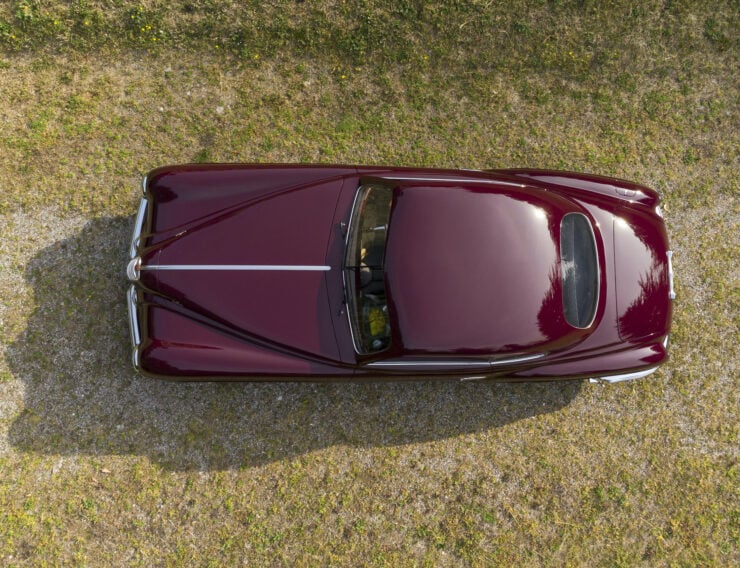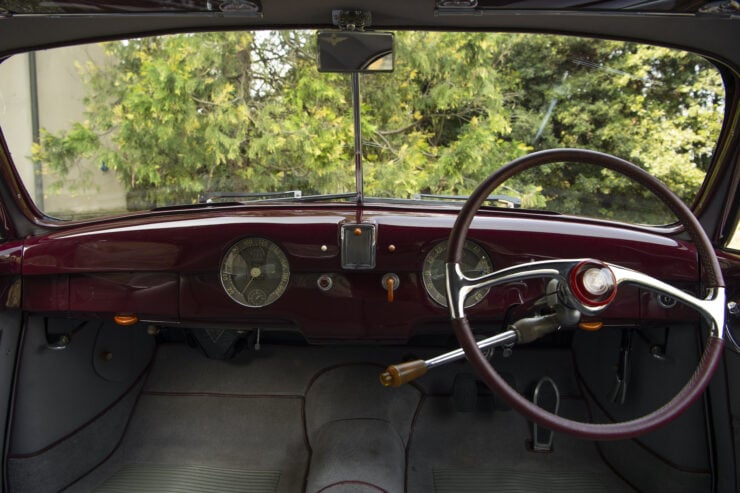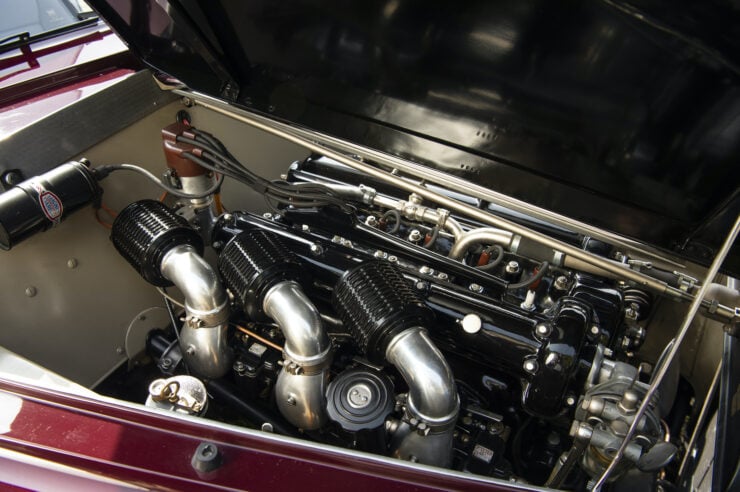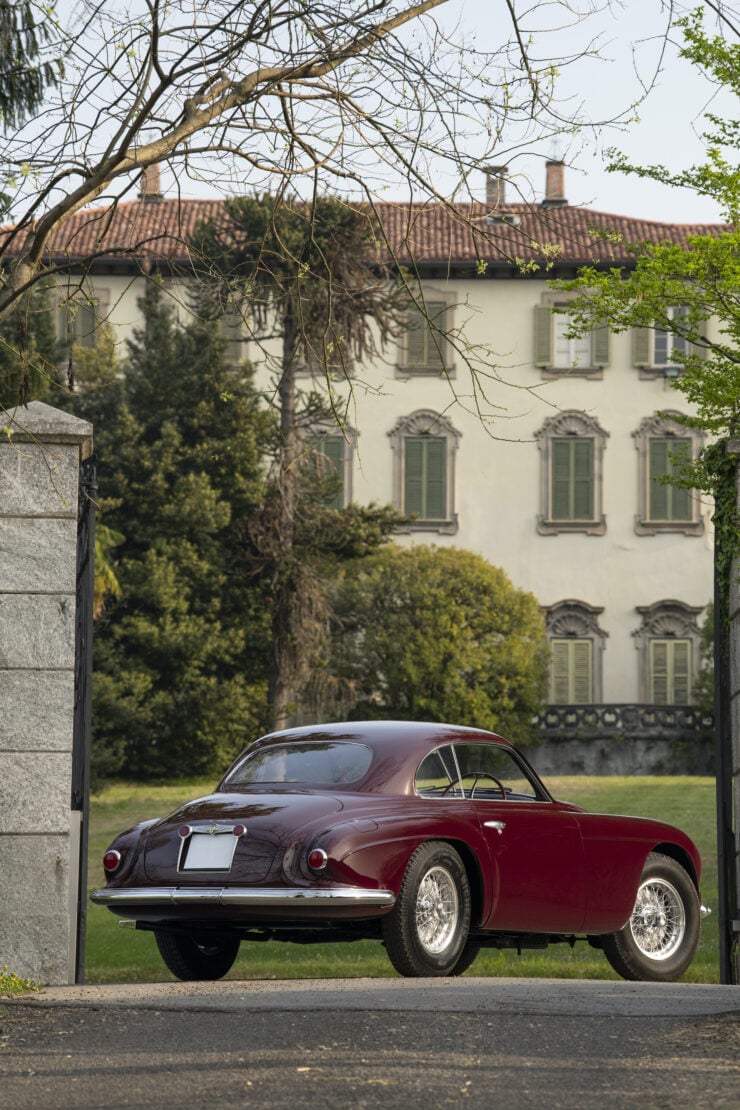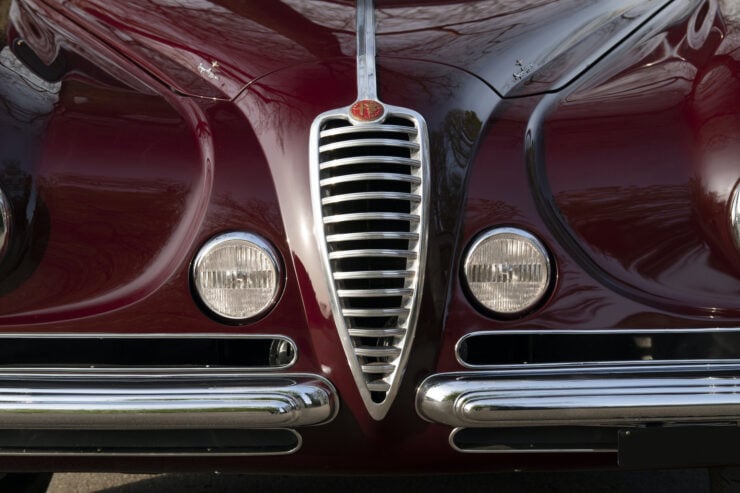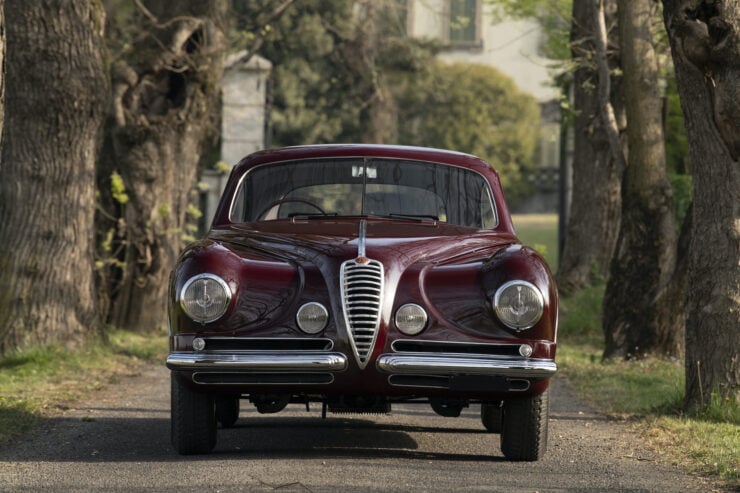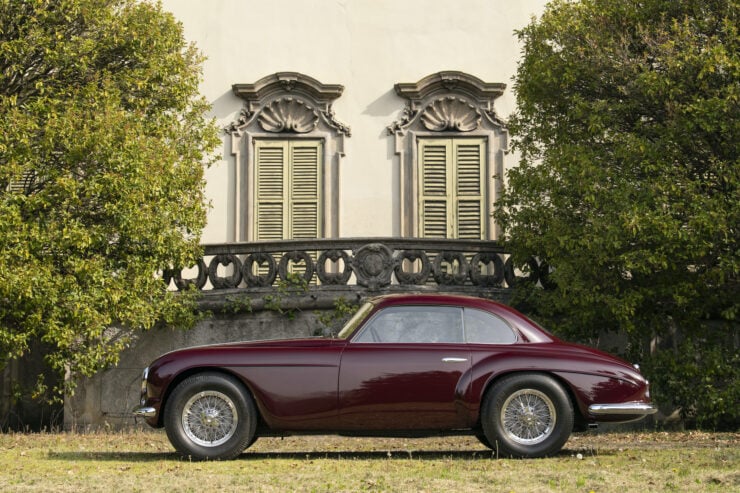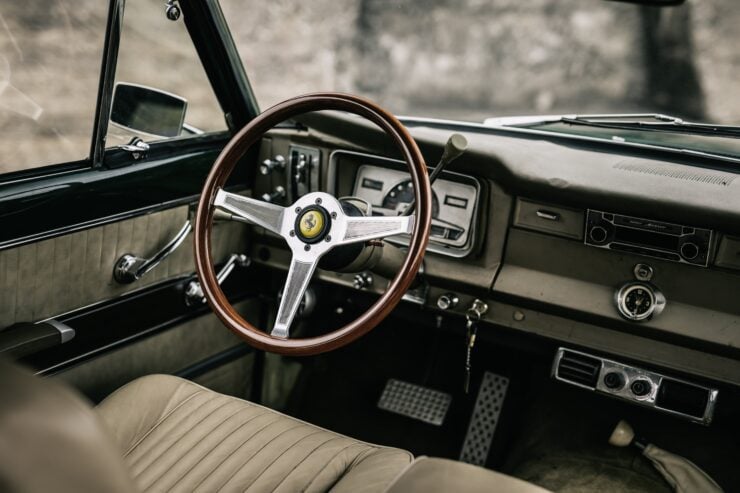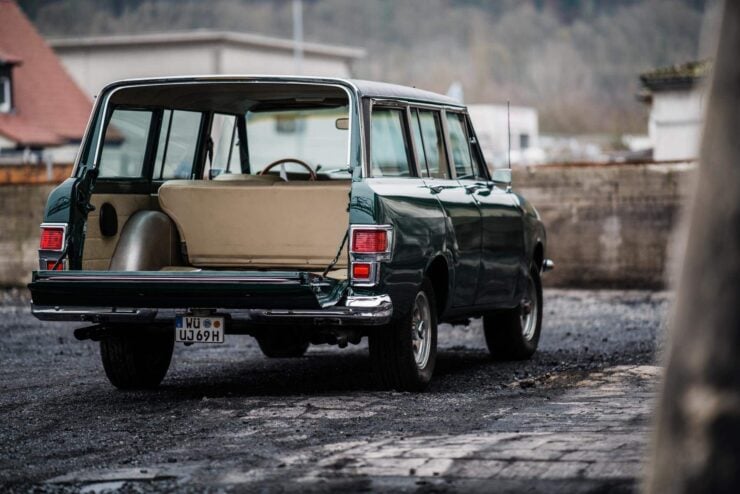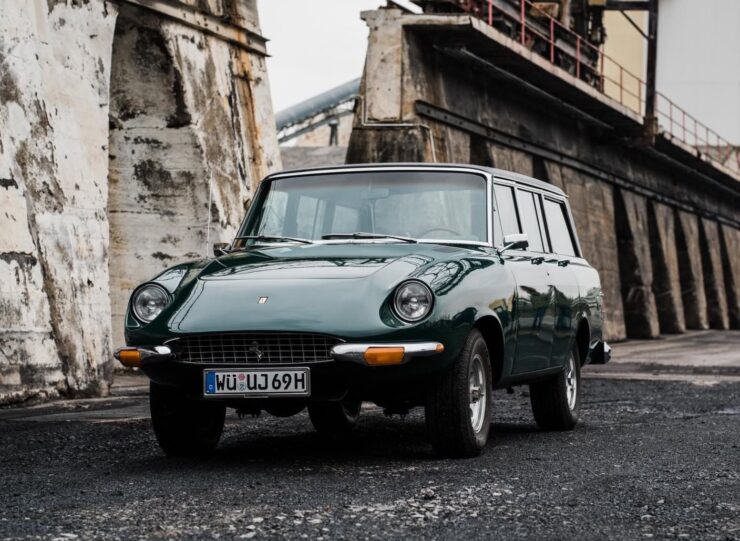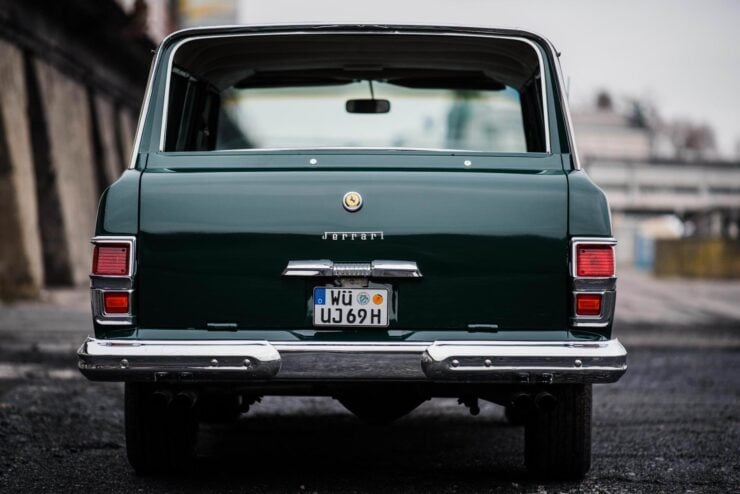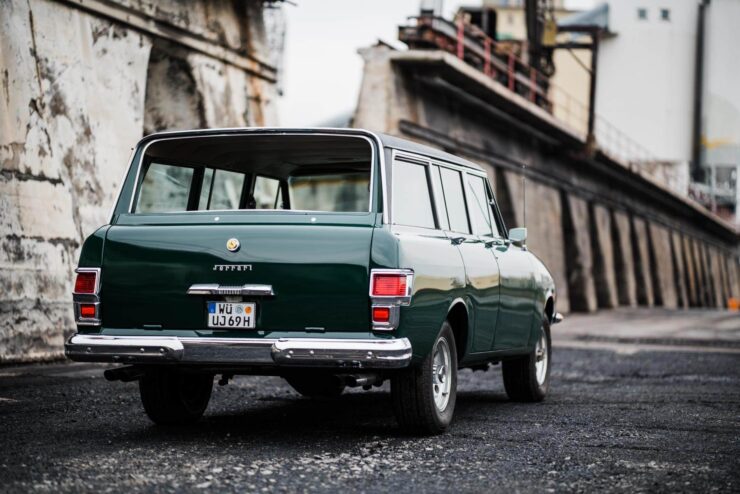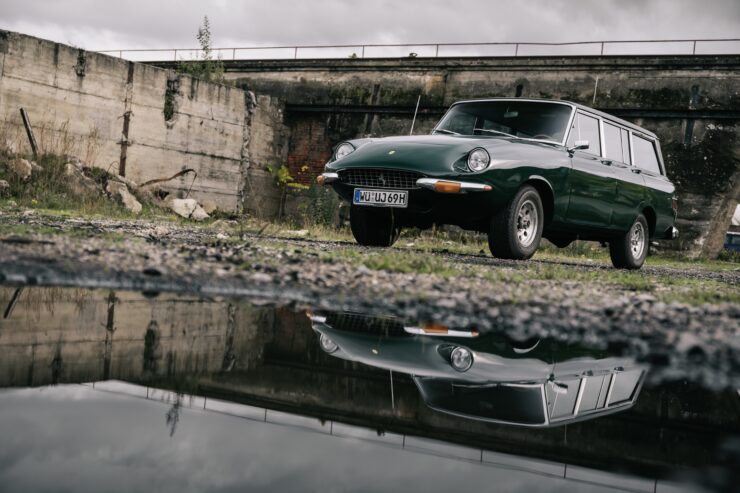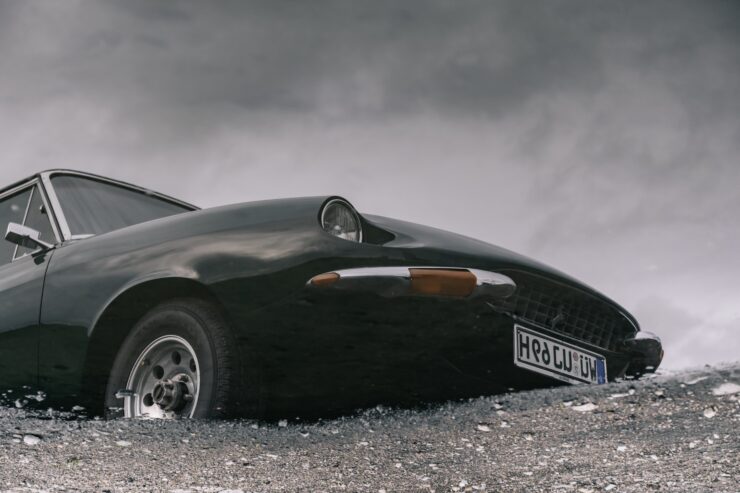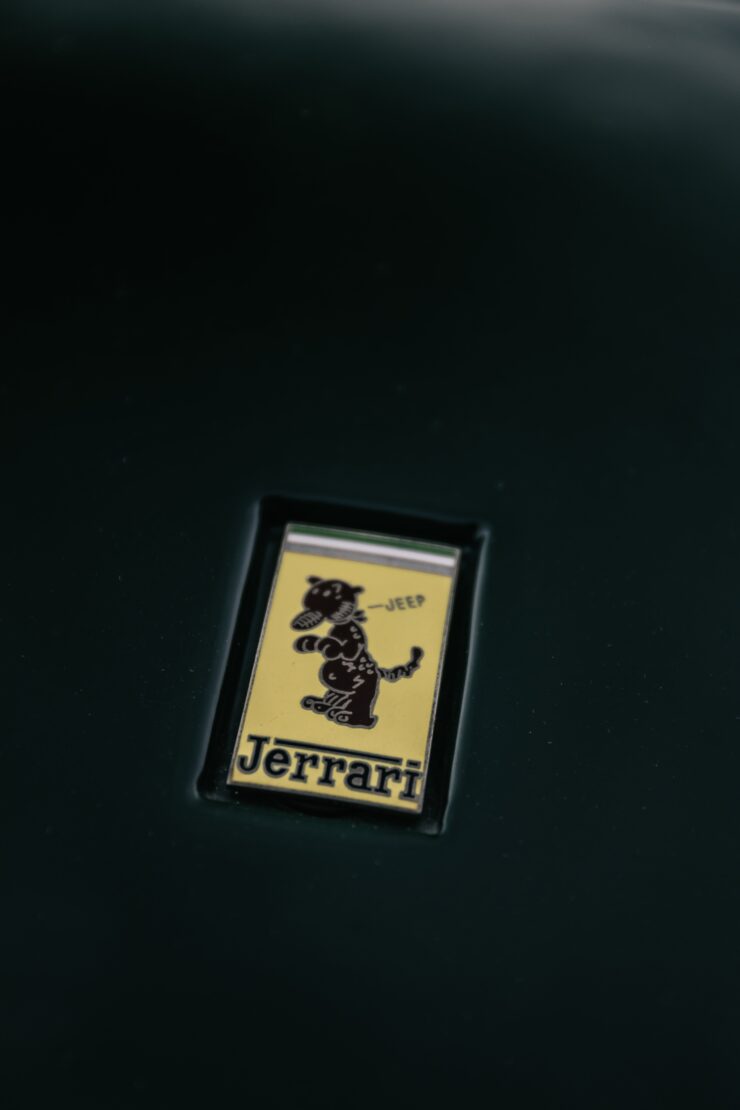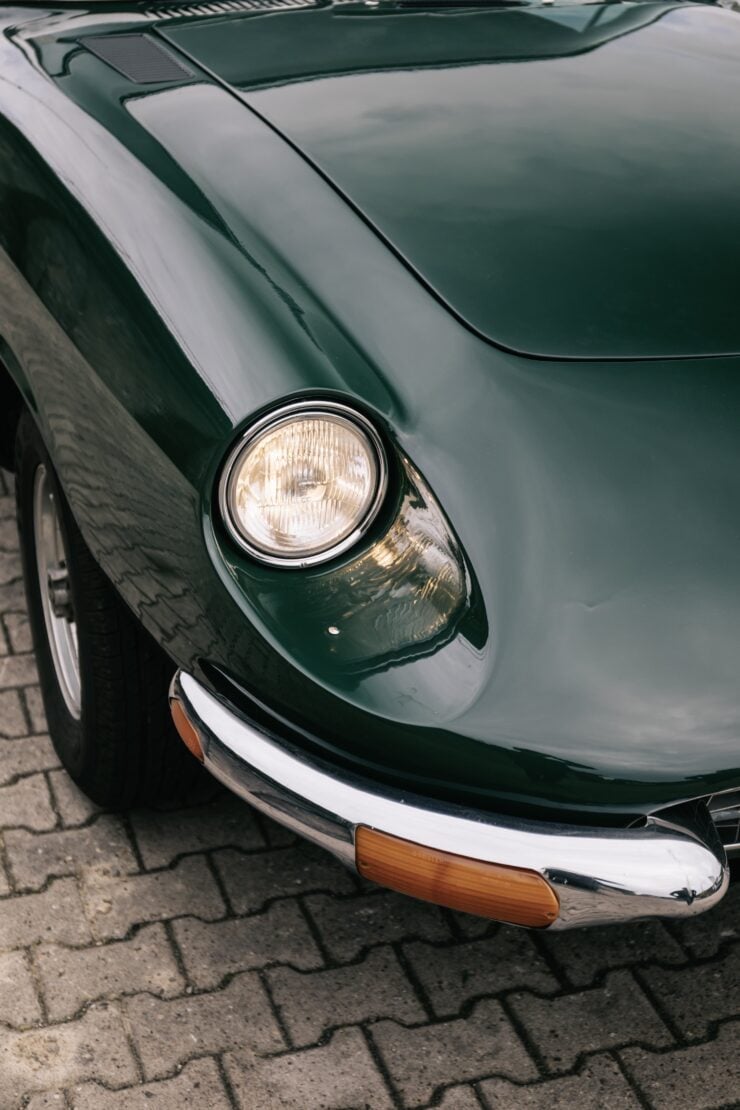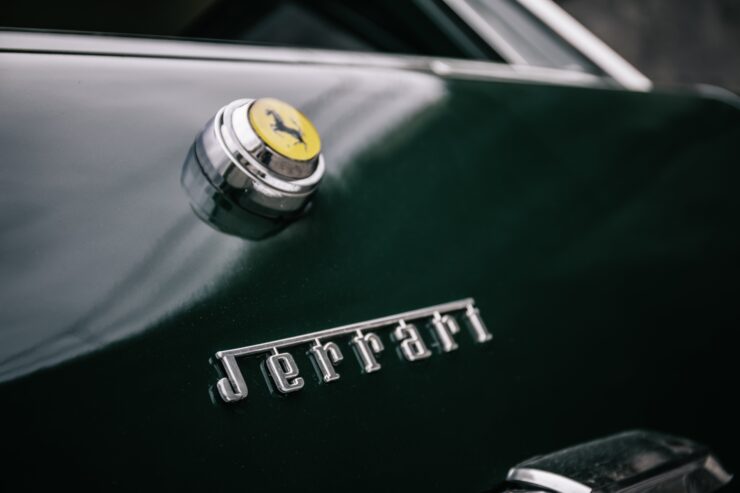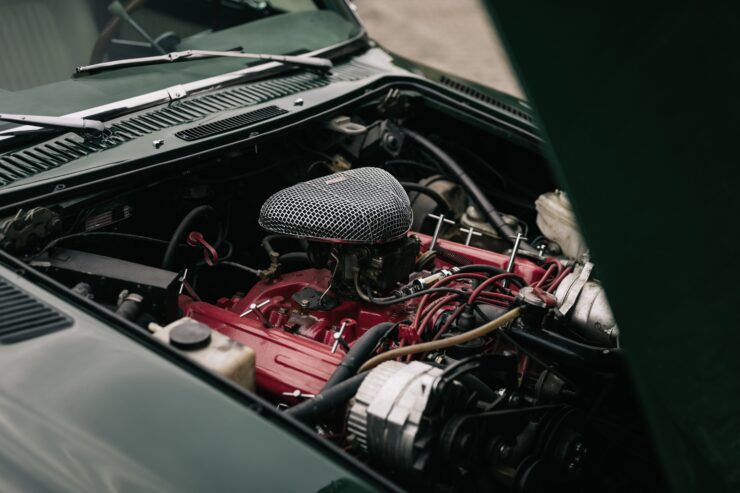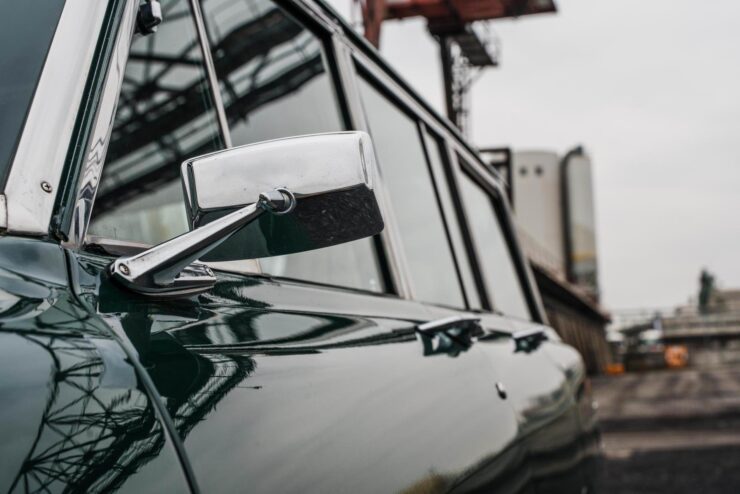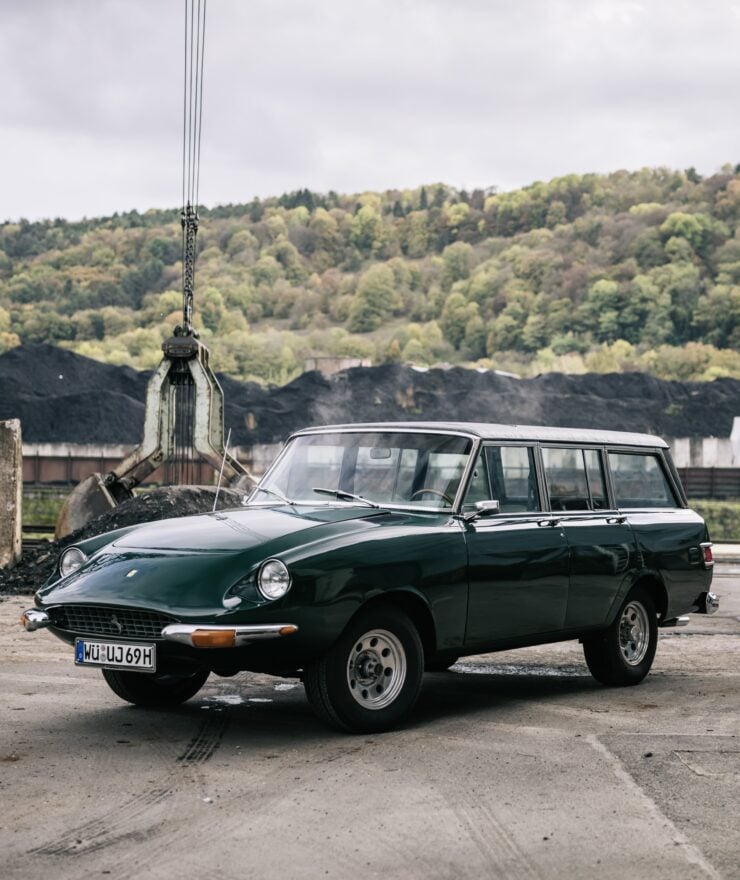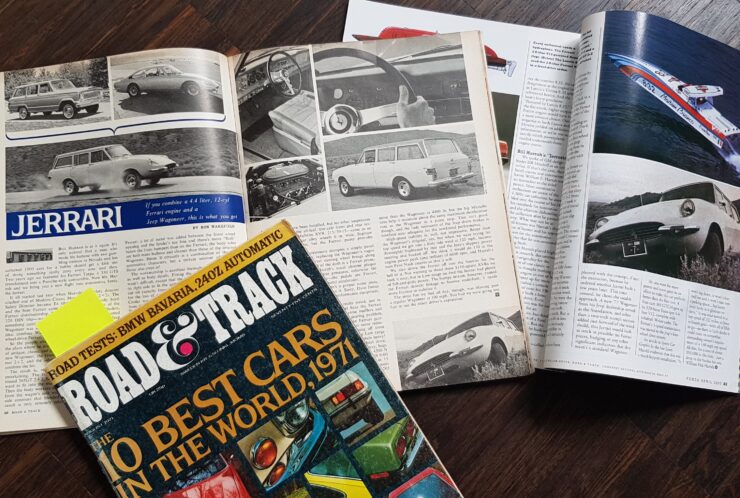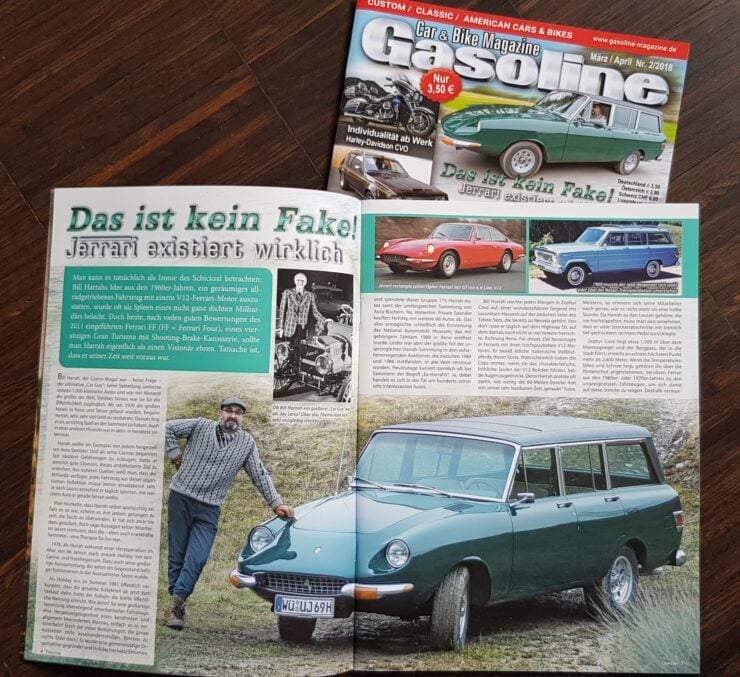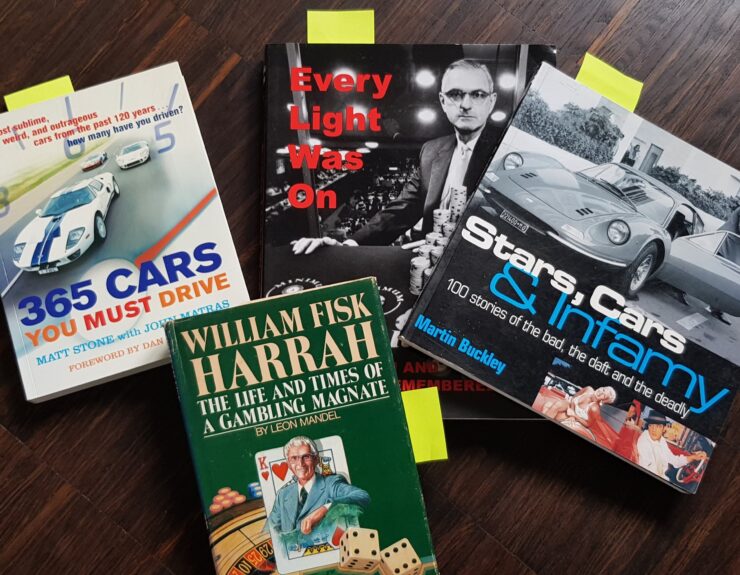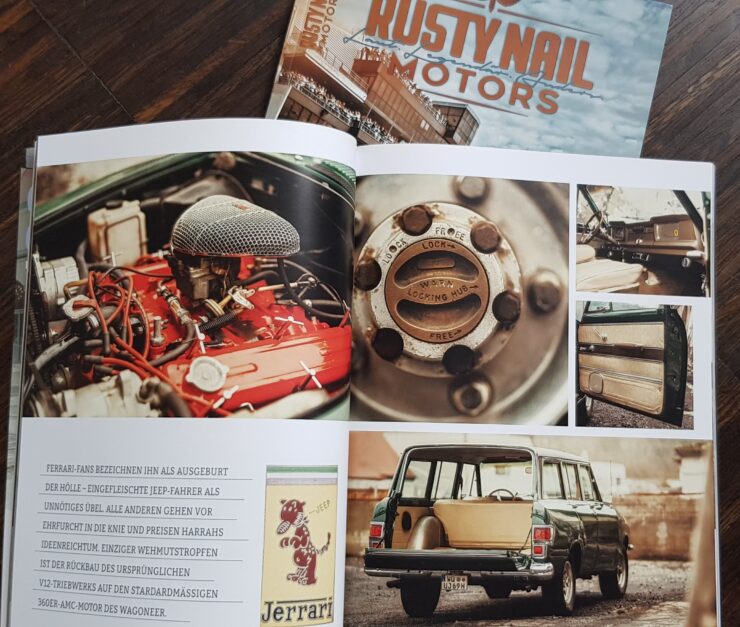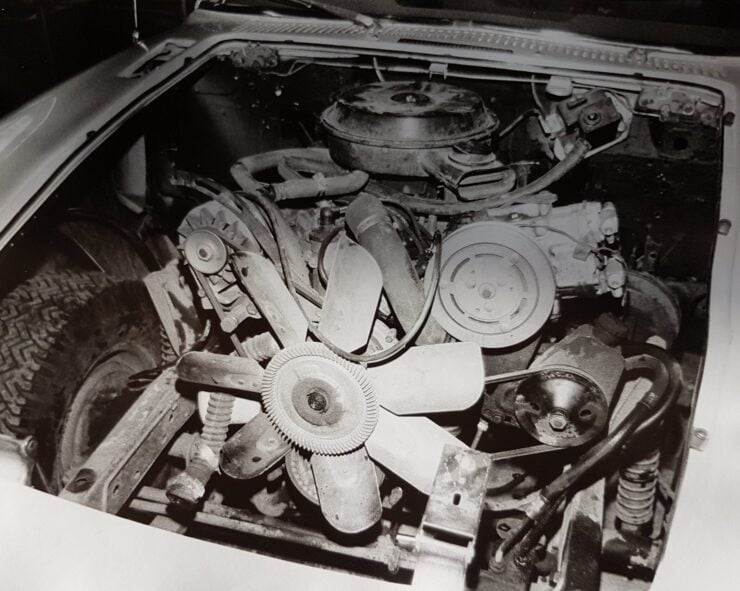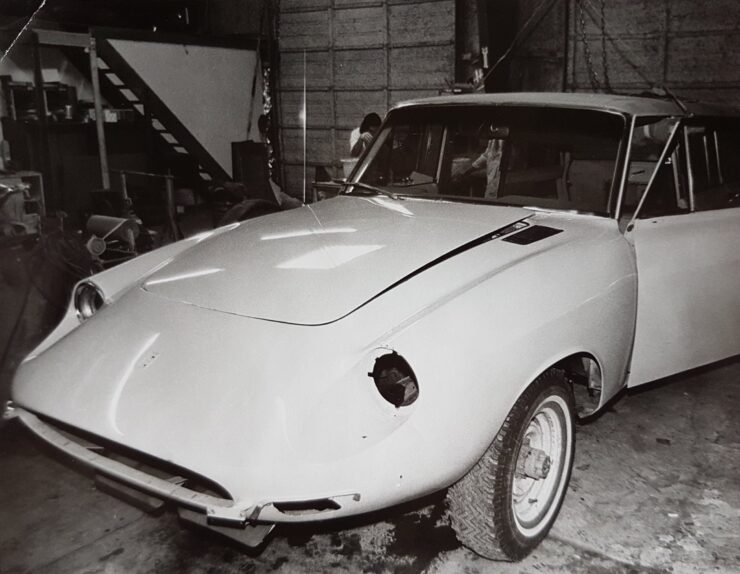This is one of the most eye-catching Series 3 Land Rovers we’ve ever seen, despite its name and looks it wasn’t built in Florida but over in Germany by the talented team at Falcon Design.
If the name Falcon Design sounds familiar it might be because we wrote about them here not too long ago, the company was founded five years ago and they’ve quickly made a name for themselves restoring Land Rover Series and Defender models with their own unique twist.
The company does full body-off restorations and unlike many of their contemporaries they carefully document each stage with photographs, offering interesting insight into what goes into each build.
Although no two Falcon Land Rovers are the same they all make use of some similar processes, every restoration sees the body fully disassembled, the bulkhead is removed from the chassis and the chassis is stripped back to its bare structure.
After this the chassis is repaired if needed before being galvanized – this makes it far less likely to rust and provides the new Land Rover a solid foundation. The other major steel part of both Defenders and Series Land Rovers is the bulkhead, most of the rest of the body is made from aluminum alloy which is impervious to rust. With this in mind the bulkhead is also galvanized before being installed back onto the chassis.
The body panels on the Land Rover were originally made from aluminum alloy as steel was hard to come by in the years immediately after WWII. The first Land Rovers in the late 1940s therefore made use of alloy for their bodies and the Series I, II, IIA, and III Land Rovers all followed suit – long after steel became available again.
Above Image: The hand-painted chassis is certainly eye-catching, much of it still visible when the body is on.
The Series III you see here is a 1974 model, it originally came from the factory with a 4-speed manual transmission, high and low range, and of course, a transfer case allowing either two or four-wheel drive operation.
Power is supplied by a 2.25 litre petrol inline-4 cylinder engine, though not powerful by any measure these Land Rover engines have proven to be incredibly robust over the decades, and they’re simple enough to be rebuilt by bush mechanics from the Serengeti to the Simpson Desert.
For the rebuild of this Land Rover the team at Falcon Design opted to go for an unusual Miami theme, the chassis was given a bold, hand-painted new look with motifs from the region. Falcon credits the idea of the chassis paintwork to Cool n’ Vintage, a fellow Land Rover restoration garage based in Portugal.
The finished vehicle makes use of bolt aqua accents throughout and the interior is trimmed with weatherproof marine leather – perfect for leaving the roof off all summer long.
If you’d like to see more of the builds from Falcon Design Germany you can click here to visit their website. They take orders for custom Land Rovers regularly and work closely with clients on the design and final specification.
Follow Falcon Design on Instagram – Facebook – LinkedIn
Images courtesy of Falcon Design Germany
The post The Miami Edition Land Rover By Falcon Design Germany appeared first on Silodrome.
from Silodrome https://silodrome.com/miami-land-rover/
via gqrds
